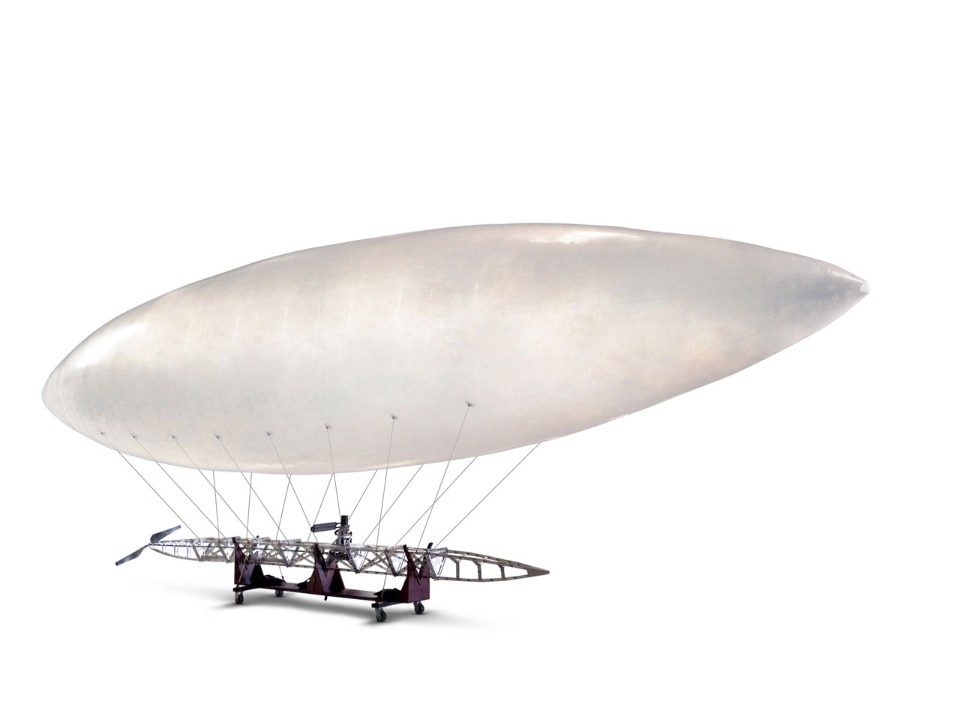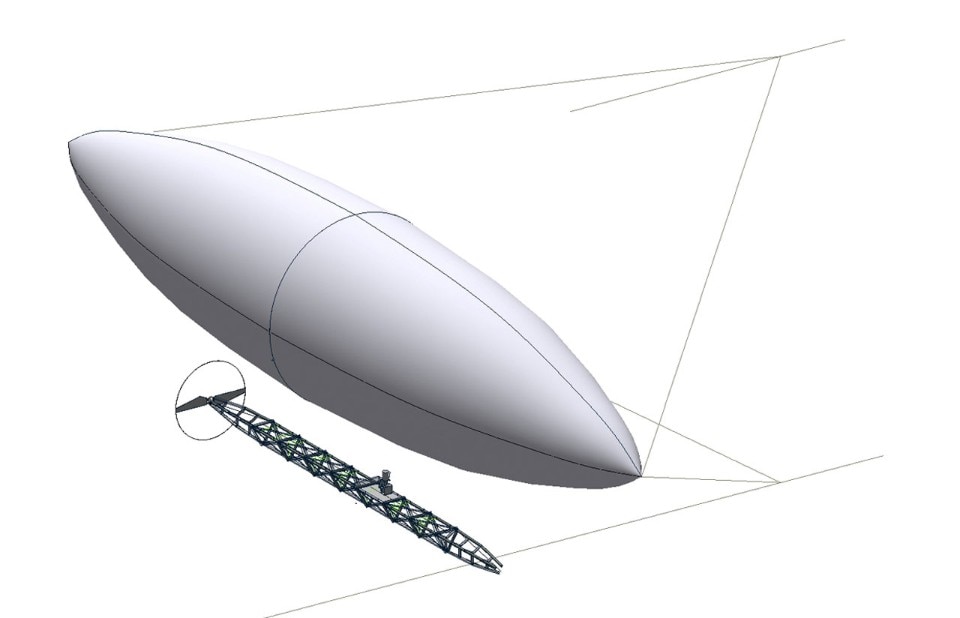

Ode to Santos Dumont is, among other things, a tribute to originality and determination. The sculpture makes a rhythmic mechanical hum as it flies. That a moment of silence for Chris Burden should be punctuated by the unflappable, utilitarian, continuous movement of his own work is a tribute, as well: to an artist growing his own vegetables.
Ode to Santos Dumont performs for 15-minute intervals through 12 May. Performance times are:
Mondays and Thursdays: noon, 2 pm, and 4 pm
Fridays: 1 pm, 3 pm, 5 pm, and 7 pm
Saturdays and Sundays: noon, 2 pm, 4 pm, and 6 pm
While at LACMA, it is possible to visit two other large-scale sculptures by Chris Burden: his iconic Urban Light & Metropolis II. See LACMA website for details.

